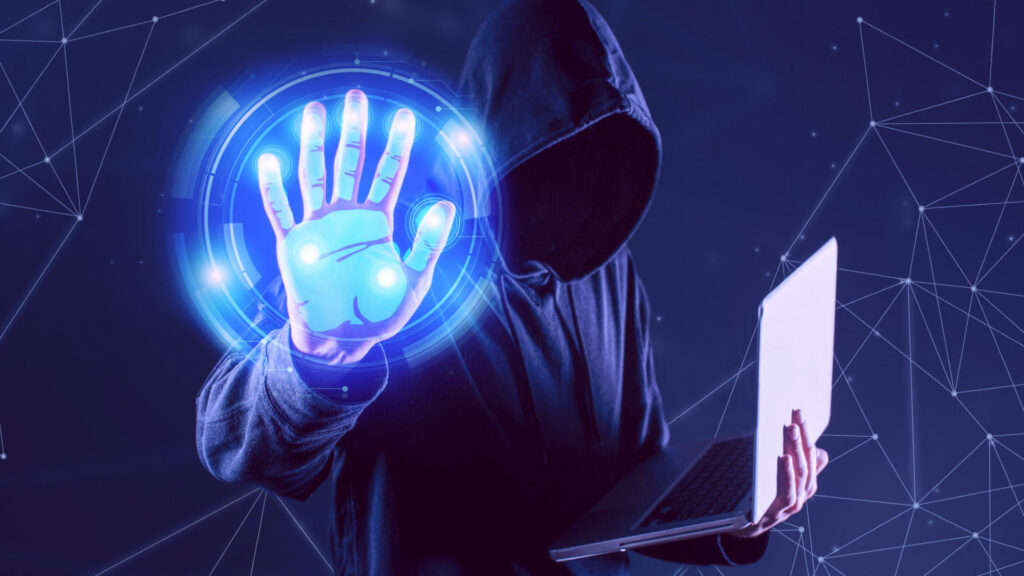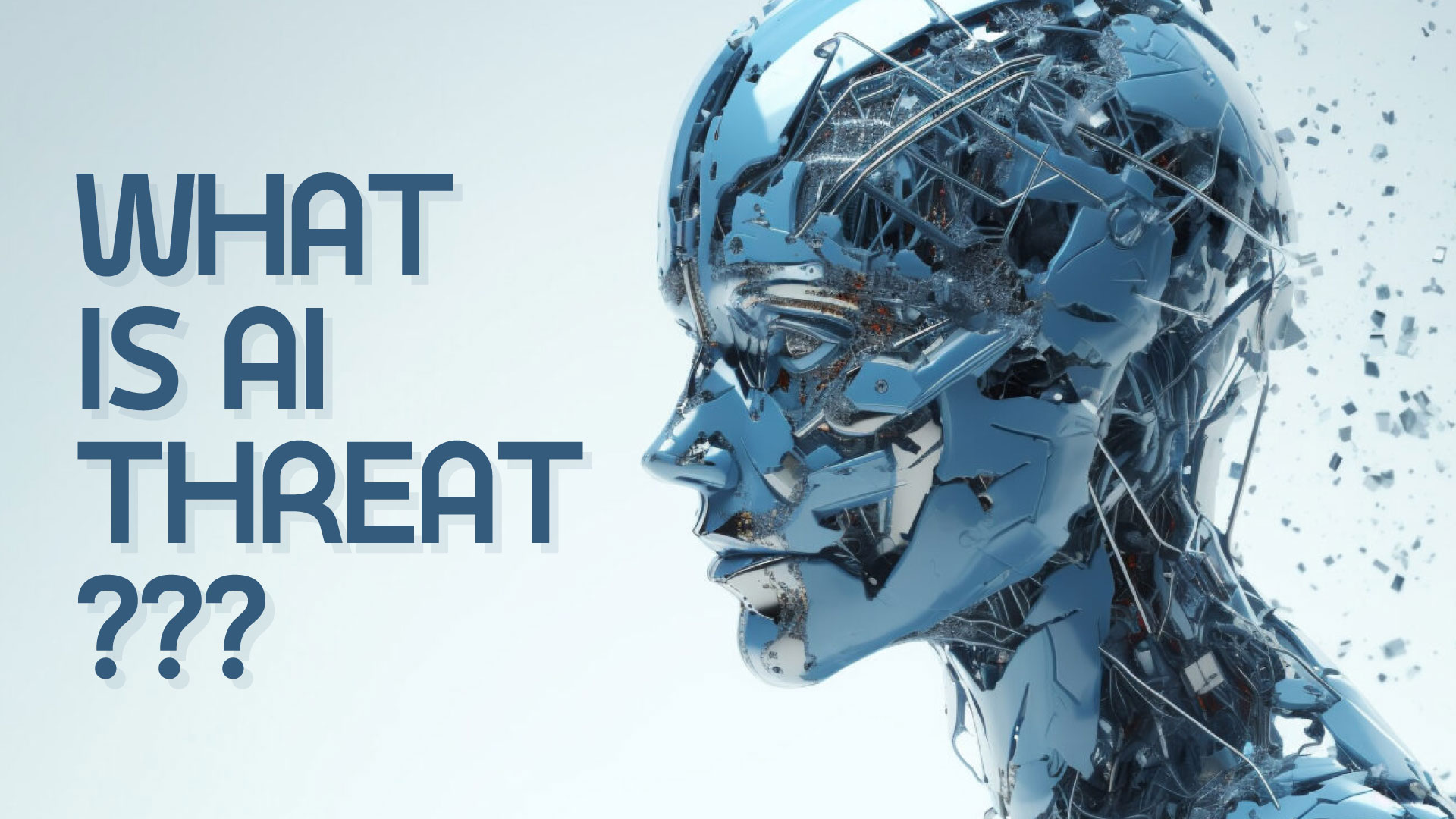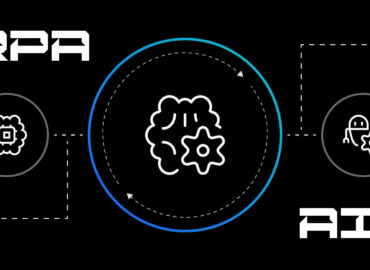Threats of AI
Introduction
Artificial intelligence is a modern computer technology that aims to mimic the human thinking process. The purpose of this technology is to assist human beings in technical aspects and produce more outcomes as compared to humans. This capability of AI is called superintelligence, which makes it more formidable. Moreover, it can also automate its algorithm, reassess data, and increase efficiency without any external commands. Hence, AI is very popular and has become widely used in industries to increase productivity in less time.
Can AI pose any threat?
Every new technology has its benefits and potential risks. The same goes for AI but there is more that is associated with this technology because of its unbelievable working mechanism. Most people do not understand how AI works, given the technical aspects of its architecture. This obscurity has led to more fear-mongering among the general public. However, experts understand the gravity of the situation and are raising awareness regarding the possible threats of AI.
What are the threats of AI?
The godfather of AI, Geoffrey Hinton, is one of the pioneers in propagating the concerns of AI. He has done phenomenal work in machine learning and neural networking. Besides being an expert on AI’s benefits, he is equally aware of its threats and has taken up the task of answering the threats of AI. Other tech giants, such as Elon Musk and Bill Gates, also want to halt AI experiments. The goal is to address the existing threats before going forward with new trials.
Some of the most important threats listed by AI experts and professionals are discussed below:
1. Privacy and Surveillance
Privacy is the foremost concern when it comes to the threats caused by AI. In the modern world, our data is stored and transmitted digitally. Laws are enacted to ensure the safety of citizen’s information. But with AI, it has become a challenge to formulate restrictions. There are a number of industries that utilize AI software in their businesses. For this purpose, they demand some personal information from the user to give them access to their features. Similarly, AI is also fed with some important data for training purposes. As long as the system is well-built, there are fewer chances of information leaks. However, a slight error or malicious intent can create a huge information breach. At the same point, smart AI tools can be installed in private spaces to supervise people. This has led to apprehension in the public and among experts alike as to what extent we should provide information to AI for the sake of human protection.
2. AI bias and opacity
AI can be biased in its algorithm design, interpretation, and results. This can be due to multiple reasons, such as a fault in the AI architecture or a training flaw. There can also be a cognitive bias, which is designed with respect to a limited set of criteria. AI bias is prevalent in various industries, such as healthcare, advertising, businesses, etc. As a result, one particular minority, gender, ethnicity, or race can be discriminated against. Also, the system is not transparent, as institutions don’t disclose their system for selecting candidates or evaluating their performance. Hence, people are sceptical of AI results and are more likely to refuse the results generated by artificial software.

3. Cyber crimes
Many applications and software are generated by artificial intelligence. Where AI has served numerous benefits, it has also created a surge in cybercrime. This is one of the major threats and a high concern for experts and law authorities alike. Traditionally, it was easier to track scammers but with AI, crime has also taken many steps ahead. Many tools that are used for good purposes can be equally and more blatantly used to abuse people. Financial scams are more common and have become difficult to trace. A single spam email, a faulty bug, or a link can extract the information of the targeted individual. Facial and voice-generating software can easily mimic the victim’s persona and can be used for harm beyond thinking. It can lead to blackmail, extortion, and, more importantly, ambiguity in recognizing reality.
4. Social media manipulation
Social media is the most widely used and accessible platform. The most popular platforms are TikTok, Facebook, Instagram, and Google, which have shifted to AI algorithms to enhance the user experience. But this has also created an echo chamber for social media users. As these apps track the online activity and searches of their users, they can divert their thinking to a specific point or idea. By showing them targeted information, they can be manipulated, and their decision-making power will be influenced. Moreover, AI bots can spread fake information regarding any personality or issue, creating confusion among individuals. One such example is the social platform X, where political opinions are easily twisted because of algorithm design. Also known as the “fifth generation war,” AI has played a major role via bots to spread misinformation and has challenged the difference between authentic and fake news.
5. Automated weaponry
The most powerful weapons existing in today’s world are nuclear weapons. But with AI, a more powerful threat is looming and that is the AI cold war. Nations can get involved in AI proliferation to design destructive algorithms and weapons. If a hegemon is created on AI, then it would be very difficult to combat such evil. Moreover, it can cause complete annihilation and damage beyond human understanding to human beings.
Conclusion
The concluding point is that AI has innumerable possible functions. The extent of its prospects, be they advantages or disadvantages, needs more research and exploration. In a short period of time, AI has taken leaps and benefited many disciplines. But there are more serious threats that can prove more disastrous than their benefits. Hence, debates are being held on the potential of AI to safeguard the interests of human beings. Summits are organized where the government is given the confidence of AI experts to constitutionalize laws regarding AI and spread public awareness. All such steps will help in control over AI and put humans in charge and dominance of this technology.







